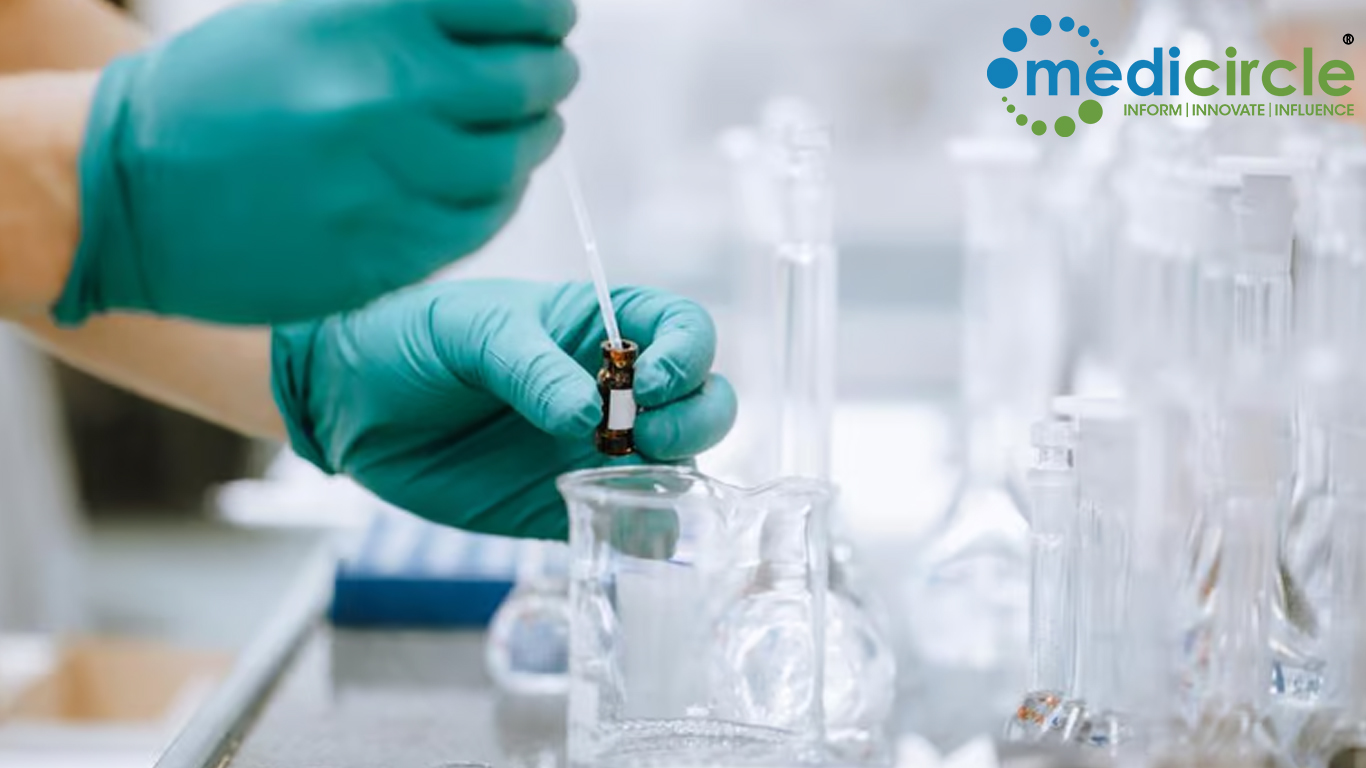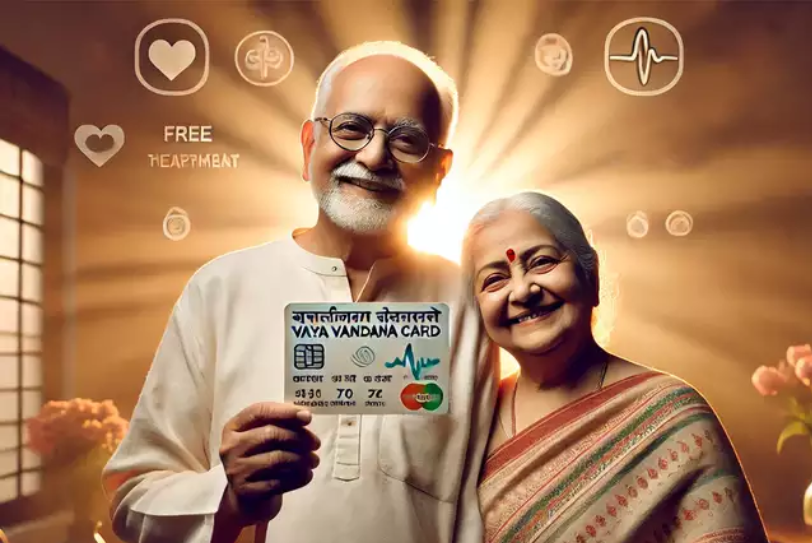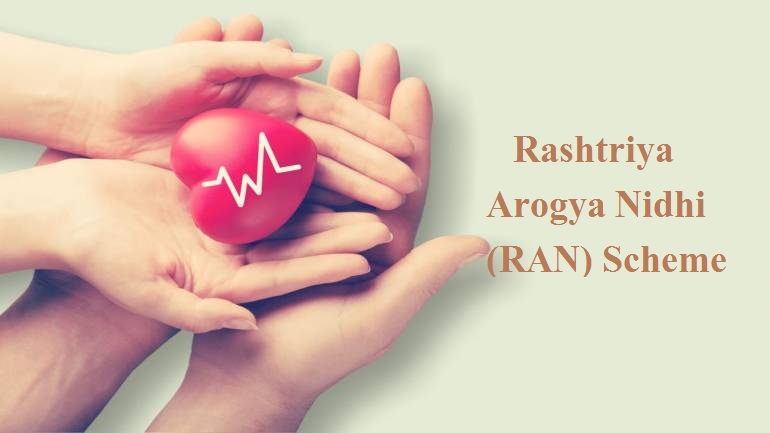Antibiotic resistance has emerged as one of the most pressing public health crises of our time. A recent study published in The Lancet paints a grim picture of the future if we fail to act. The study, conducted by an international team of researchers with the Global Research on Antimicrobial Resistance Project, warns that antibiotic-resistant bacterial infections will claim over 39 million lives globally in the next 25 years. In addition, an estimated 169 million deaths will be indirectly linked to antibiotic resistance, highlighting the scope of this mounting global emergency.
What is Antibiotic Resistance?
Antibiotic resistance occurs when bacteria evolve and develop mechanisms that render the drugs used to kill them ineffective. This resistance can occur naturally through genetic mutations or can be exacerbated by human actions such as the overuse and misuse of antibiotics in healthcare and agriculture. When bacteria become resistant, they survive and continue to multiply, making infections harder to treat and increasing the risk of disease spread, severe illness, and death.
Alarming Projections for the Future
The forecast for the future is dire if no serious interventions are made. By 2050, the study projects that 1.91 million people will die annually due to infections directly caused by antibiotic-resistant bacteria. An additional 8.22 million deaths will occur indirectly as a result of conditions worsened by the lack of effective antibiotics, such as post-surgical infections and complications from chronic diseases. These numbers represent a staggering increase of 68% and 75%, respectively, over the current annual tolls related to antibiotic resistance.
If these predictions hold, the global healthcare system will face overwhelming strain. Hospitals, already burdened with treating resistant infections, will have even fewer treatment options available, leading to longer hospital stays, higher medical costs, and increased mortality rates. The financial impact is equally alarming, with the report predicting that antibiotic resistance could lead to global economic losses ranging from $1 trillion to $3.4 trillion annually by 2030.
Global Disparities in Antibiotic Resistance
The burden of antibiotic resistance is not distributed evenly across the world. Low- and middle-income countries bear the heaviest burden, with regions like sub-Saharan Africa and South Asia particularly affected. In these areas, antibiotic-resistant infections, such as multi-drug-resistant tuberculosis, pose an especially severe threat. Limited access to healthcare, lack of sanitation, and the widespread misuse of antibiotics exacerbate the problem, making these regions hotspots for resistant infections.
The elderly population, particularly adults over the age of 70, is also at heightened risk. According to the report, deaths related to antibiotic resistance in this age group have increased by more than 80% between 1990 and 2021. This trend is expected to continue, as aging populations around the world face increased vulnerability to infections.
The Economic Toll of Antibiotic Resistance
Beyond the human cost, the economic impact of antibiotic resistance is immense. As infections become harder to treat and hospital stays grow longer, the cost of healthcare rises exponentially. The study forecasts that by 2030, antibiotic resistance could slash global GDP by $1 trillion to $3.4 trillion annually. The economic repercussions extend beyond healthcare, as the workforce will be affected by illness, disability, and death caused by resistant infections.
Additionally, antibiotic resistance threatens key industries like agriculture and livestock farming, where antibiotics are often overused to prevent disease and promote growth. As resistance spreads, it will become increasingly difficult to control infections in animals, which could lead to food shortages, price increases, and economic instability in affected regions.
The Role of Antimicrobial Stewardship
One of the primary drivers of antibiotic resistance is the misuse and overuse of antibiotics. In healthcare settings, antibiotics are often prescribed unnecessarily, for conditions such as viral infections where they have no effect. In agriculture, antibiotics are routinely given to healthy animals to promote growth and prevent disease, further contributing to resistance.
To combat this, antimicrobial stewardship programs are essential. These programs aim to ensure that antibiotics are used appropriately and only when necessary. By limiting the use of antibiotics to cases where they are truly needed, we can slow the development of resistance and preserve the effectiveness of existing treatments.
Strategies to Combat Antibiotic Resistance
The global response to antibiotic resistance must be multifaceted, involving governments, healthcare providers, pharmaceutical companies, and individuals. The study suggests several key strategies that could save millions of lives between 2025 and 2050:
1. Improved Access to Care: Many people in low and middle income countries lack access to proper healthcare, including timely diagnosis and treatment of infections. Strengthening healthcare systems and providing access to appropriate antibiotics could prevent the spread of resistant infections and reduce the number of deaths.
2. Development of New Vaccines: Vaccines play a critical role in preventing infections, reducing the need for antibiotics in the first place. Investing in the development of new vaccines, particularly for bacterial infections, could significantly reduce the burden of antibiotic resistance.
3. Global Collaboration: The fight against antibiotic resistance requires coordinated global action. Governments, international organizations, and healthcare providers must work together to develop and implement policies that promote the responsible use of antibiotics and limit the spread of resistant bacteria.
4. Research and Development of New Antibiotics: Pharmaceutical companies must be incentivized to invest in the research and development of new antibiotics. However, creating new drugs is not enough; we must ensure that these treatments are used judiciously to prevent resistance from developing.
5. Public Awareness and Education: Educating the public about the dangers of antibiotic misuse is crucial. Many people still believe that antibiotics are a cure-all for illnesses, leading to unnecessary prescriptions and increased resistance. Public health campaigns that promote the responsible use of antibiotics can help to change this behaviour.
The Role of Vaccination in Reducing Antibiotic Resistance
One promising avenue for combating antibiotic resistance is the development and widespread use of vaccines. Vaccines can prevent bacterial infections, reducing the need for antibiotics and thus slowing the development of resistance. For example, vaccines against pneumococcal bacteria, which cause pneumonia and other infections, have already been shown to reduce the incidence of antibiotic-resistant infections.
Investing in the development of new vaccines, particularly for bacterial infections where antibiotics are commonly overused, could significantly reduce the global burden of antibiotic resistance. However, access to vaccines remains a challenge in many parts of the world, particularly in low- and middle-income countries. Ensuring that vaccines are available and affordable for all populations is a critical step in the fight against resistance.
The Importance of Surveillance and Data Collection
Effective surveillance is key to understanding the scope of the antibiotic resistance crisis and developing targeted interventions. The study highlights the importance of collecting and analyzing data on antibiotic use, resistance patterns, and infection outcomes across different regions and populations.
By tracking the spread of resistance, healthcare providers and policymakers can identify emerging threats and respond with appropriate measures. Global collaboration is essential in this regard, as resistant bacteria do not respect borders. International organizations like the World Health Organization (WHO) play a crucial role in coordinating surveillance efforts and ensuring that data is shared across countries.
Antibiotic resistance is a global crisis that threatens to undo decades of progress in modern medicine. If left unchecked, resistant infections will claim millions of lives and cause untold economic damage. However, the future is not set in stone. With coordinated global action, we can mitigate the impact of antibiotic resistance and protect future generations from its devastating consequences.
Improved access to healthcare, the development of new vaccines, responsible antibiotic use, and global collaboration are all critical components of the solution. By taking these steps now, we can prevent the worst-case scenarios outlined in the study and build a future where antibiotics remain effective tools in the fight against infectious diseases.

 Antibiotic resistance is a global crisis that threatens to undo decades of progress in modern medicine. If left unchecked, resistant infections will claim millions of lives and cause untold economic damage.
Antibiotic resistance is a global crisis that threatens to undo decades of progress in modern medicine. If left unchecked, resistant infections will claim millions of lives and cause untold economic damage.




















.jpeg)

.jpeg)










.jpg)




.jpg)

